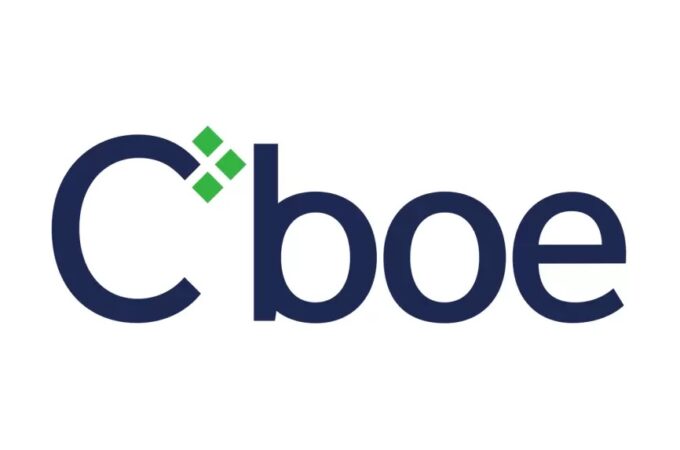
IBM: Government and Blockchain Sector Should Work Together to Enhance National Security
By Giulio Prisco for Bitcoinmagazine
IBM Vice President for Blockchain Technologies Jerry Cuomo recently testified before the Commission on Enhancing National Cybersecurity on how the blockchain can benefit transactions, eWeek reports.
Cuomo is persuaded that the technology could potentially cause a tectonic shift in the way financial systems are secured and that government, technology companies and industries should work together to advance blockchain technology to enhance national security.
The Commission on Enhancing National Cybersecurity, announcedin April, is tasked with making detailed recommendations on actions that can be taken over the next decade to enhance cybersecurity awareness and protections throughout the private sector and at all levels of government, to protect privacy, to ensure public safety and economic and national security, and to empower Americans to take better control of their digital security. Sam Palmisano, former CEO of IBM, is the commission’s vice-chair.
President Barack Obama issued Executive Order 13718 to establish the commission in February. The executive order tasked the National Institute of Standards and Technology (NIST) to provide the commission with such expertise, services, funds, facilities, staff, equipment and other support services necessary to carry out its mission.
“The Commission will make detailed short-term and long-term recommendations to strengthen cybersecurity in both the public and private sectors, while protecting privacy, ensuring public safety and economic and national security, fostering discovery and development of new technical solutions, and bolstering partnerships between federal, state and local government and the private sector in the development, promotion and use of cybersecurity technologies, policies and best practices,” notes the official commission websiteat NIST.
The commission held an open meeting on May 16 in New York City. Cuomo’s statement, which appears in the Panelist Statementsdocument issued by the commission, is republished in the IBM Think blog with the title “Blockchain: Securing the Financial Systems of the Future.”
Cuomo noted that 80 years ago a public-private partnership between the U.S. government and IBM created the Social Security system, which was the most advanced financial system of the time. “Today, as financial transactions become increasingly digital and networked, government and industry must once again combine forces to make the financial systems of the future more efficient, effective and secure than those of the past,” he said.
A similar partnership between government and industry, centered on innovative applications of distributed ledger technology, could enhance national security. Cuomo is persuaded that the government has a key role to play in funding blockchain research and providing official identity certification services for the emergent blockchain economy. In particular, according to the IBM executive, the NIST should define standards for interoperability, privacy and security, and government agencies should become early adopters of blockchain applications.
Cuomo identifies four key priority areas for government-supported developments in distributed ledger technology for national security: a new identity management system able to provide robust proof of identity; automatic systems able to track changes made to data and verify data provenance with time stamps and annotations; secure transaction processing; and a blockchain-based system to securely and confidentially share intelligence on cyber-threats and cyber-terrorism.
“We need to create a new social compact, where business, with input from government, architects the future of financial services,” concluded Cuomo. “We at IBM look forward to working with our partners in government, industry and academia to get this done.”
Of course, Cuomo defended IBM’s positions on current distributed ledger issues and development prospects. After bashing the “public enemy” Bitcoin for its openness, anarchy and potential for anonymity, Cuomo defended the “permissioned blockchain” approach favored by IBM and other major industry players.
“Blockchain came to prominence because it’s the core technology underlying the infamous Bitcoin cryptocurrency, but, while Bitcoin is an anonymous network, industries and government agencies are exploring the use of blockchain in networks where the participants are known,” said Cuomo. “We call this a ‘permissioned blockchain.’”
IBM is a premier member of Linux Foundation’s Hyperledger Project, a collaborative effort started in December to establish, build and sustain an open ‒ but “permissioned” ‒ non-Bitcoin blockchain. In February, Bitcoin Magazine reported that IBM is making tens of thousands of lines of code available to the Hyperledger Project. In April, IBM announced new cloud services based on the company’s Hyperledger code and Bluemix, IBM’s cloud Platform as a Service (PaaS).
“IBM is playing a central role in the development of a permissioned blockchain,” said Cuomo. “We’re a founding member of the Linux Foundation’s open-source Hyperledger Project, where we’re helping to build the foundational elements of business-ready blockchain architecture with a focus on privacy, confidentiality and auditability. We have joined consortia that are developing industry-specific blockchain implementations. And we’re pioneering the use of blockchain in our own operations.”
First appeared at Bitcoinmagazine





